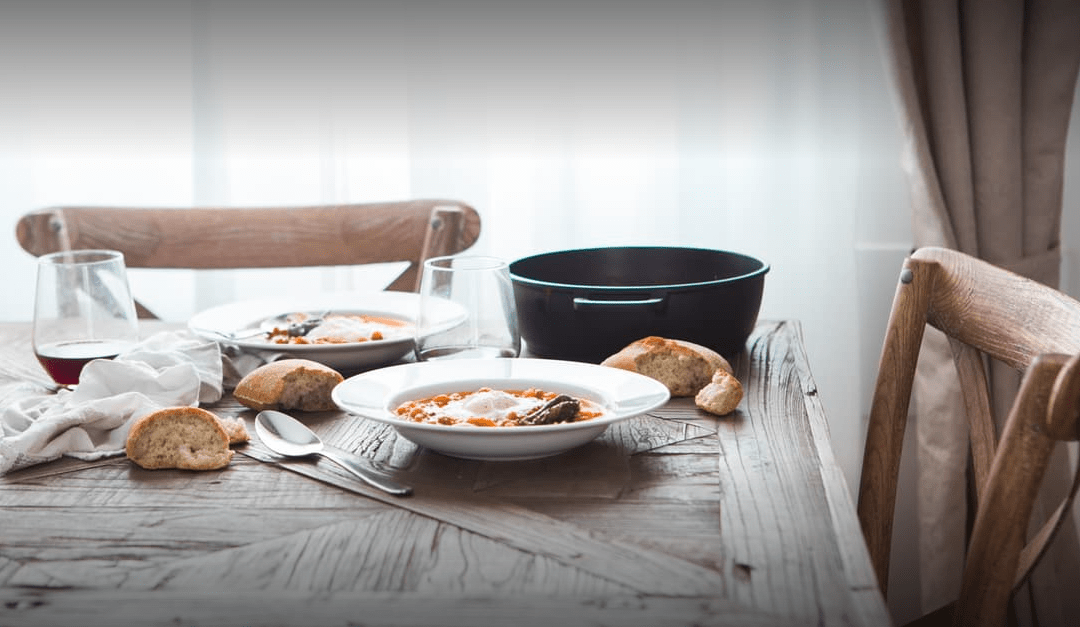
by Lucy | Jul 4, 2016 | Motivational Mondays
“What you do every day matters more than what you do once in a while.” -Gretchen Rubin
|
(This week’s post is courtesy of our new Chief Creative Officer, Kristen Norton)
Wouldn’t it be nice if healthy decisions didn’t have to be so hard?
Some healthy choices come only after spending lots mental energy. It takes effort to plan, willpower to stay the course, and emotional energy too. But what if you could just make the healthy choice without all that work?
I bet this morning when you brushed your teeth, you didn’t have to think about it. And when you drove to work, you probably let your mind wander or enjoyed your favorite morning radio station.
Most of us brush our teeth and drive to work without much thought or decision-making at all. We’re on autopilot. We’ve done these things so many times that it just happens.
Building a new habit tends to include hard work up front, but done right you can rely on autopilot to sustain the change.
In the beginning, it’s important to be consistent and never miss a beat. You must make up your mind to give it your all. It will require a lot of mental energy. The payoff, though, is that the grit and the effort won’t be required forever.
In other words, your goal is to make healthy habits something you just do automatically. You don’t have to make the decision to eat a healthy breakfast – you just do.
Think about your current routines and habits…
What things do you do automatically?
_________________, _____________________, _____________________, _________________, _____________________.
What healthy habits do you want to put on autopilot?
1. _________________________________________
2. _________________________________________
3. _________________________________________
What hard work would you have to do upfront to make this happen?
_______________________________________________________________
_______________________________________________________________
Food for thought:
Whether it takes 21-days or 6 months, when you put your mind to making a new healthy habit you will succeed.
The secret? Keep doing it! Consistency is key.
Recipe of the Week: Cilantro Lime Shrimp Quinoa Bowl
Cilantro. Yum! Lime. Yum! Shrimp. Yum! Quinoa. Yummy!
This recipe has some of my most favorite flavors of summer. What’s not to love?
This week’s recipe, Cilantro Lime Shrimp Quinoa Bowl is brought to you by Spoonfulofflavor.com.

by Lucy | Jun 6, 2016 | Motivational Mondays
Let food by thy medicine and medicine be thy food. -Hippocrates
Recall your last truly enjoyable, savory and delightful meal.
•Think about where you were eating, who you were with and the emotions (happy, peaceful, festive, etc) you felt. Maybe it was at a fancy restaurant, home-cooked or down on the farm.
•Imagine the setting, tastes, and smells.
•Remember the conversation you enjoyed or the connection to nature (if your memory is also on a picnic, like mine!).
Chances are the meal experience you are imagining has nothing to do with the chicken sandwich from the drive-thru or energy bar and apple you ate while you were running from meeting-to-meeting last week.
Most of our meals are eaten as a reaction instead of an experience. Sometimes we eat because of the time of day, an attempt to cope with uncomfortable emotions, or out of habit – including mindless munching on the donuts your coworker brought to work.
How often do you eat and experience the food sitting in front of you?
Below are the first steps to trying out mindful eating for yourself.
(Modified from Eating with Fierce Kindness by Sasha Loring, M. ED., LCSW)
1. Find a minimally distracting place to eat, ideally a clean table set with utensils and a napkin.
2. After you set the food down, sit down and close your eyes to check in with your hunger level. On a scale of 1 to 5 identify how hungry you are – 1 and 2 are hungry, 3 is neutral, 4 is satisfied and 5 is full.
If you are feeling the urge to eat but don’t feel hunger check in on the emotional reason you want to eat.
3. Assess for stress. Do you feel relaxed? If not, take a few deep breaths, and focus on relaxing your muscles especially around the digestive system putting job throat and stomach.
4. Look at your food, notice what appeals to you such as the smells wafting from the plate. Take a moment to consider what went into this meal, including where the food came from, how it got to be on your plate. What do you appreciate about it?
5. Reassess your hunger level and sensations in the digestive track. Do you feel more or less hungry now?
6. Choose to take the first bite. After that, set down the fork, spoon or food item you’re holding and notice the taste, texture, temperature and so forth of what you are chewing. Pause to notice the compulsive reflex of how quickly you typically take the next bite or chew and swallow your food.
7. Continue enjoying the meal, including frequent fork breaks (FFBs) to stop and notice the flavors and reassess your hunger scale.
Food for thought:
A little challenging, huh?
No kidding, my first mindful eating experience – about 3 years ago – included a Facebook post halfway through where I decided that it just wasn’t for me.
Three years later, mindfulness and mindful eating have changed my life. Give it a try today to see how it can change yours too.
Recipe of the week:
On vacation last week, I had the most scrumptious turkey burger. It’s one of those foods I keep meaning to prepare myself – so let’s see how this flavorful option turns out!
This week’s recipe, Garlic Rosemary Turkey Burger, is brought to us by thenewhotess.com.


